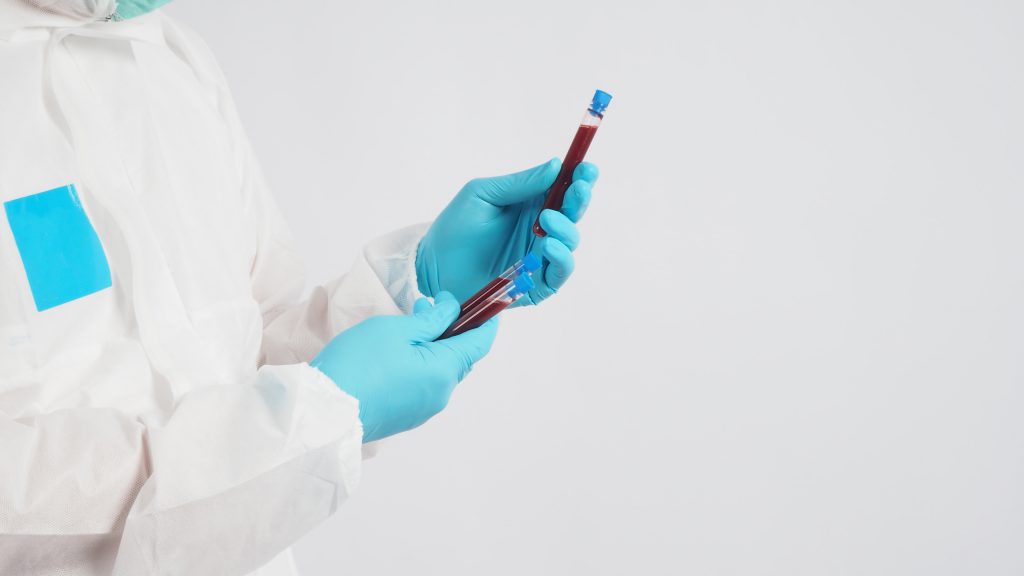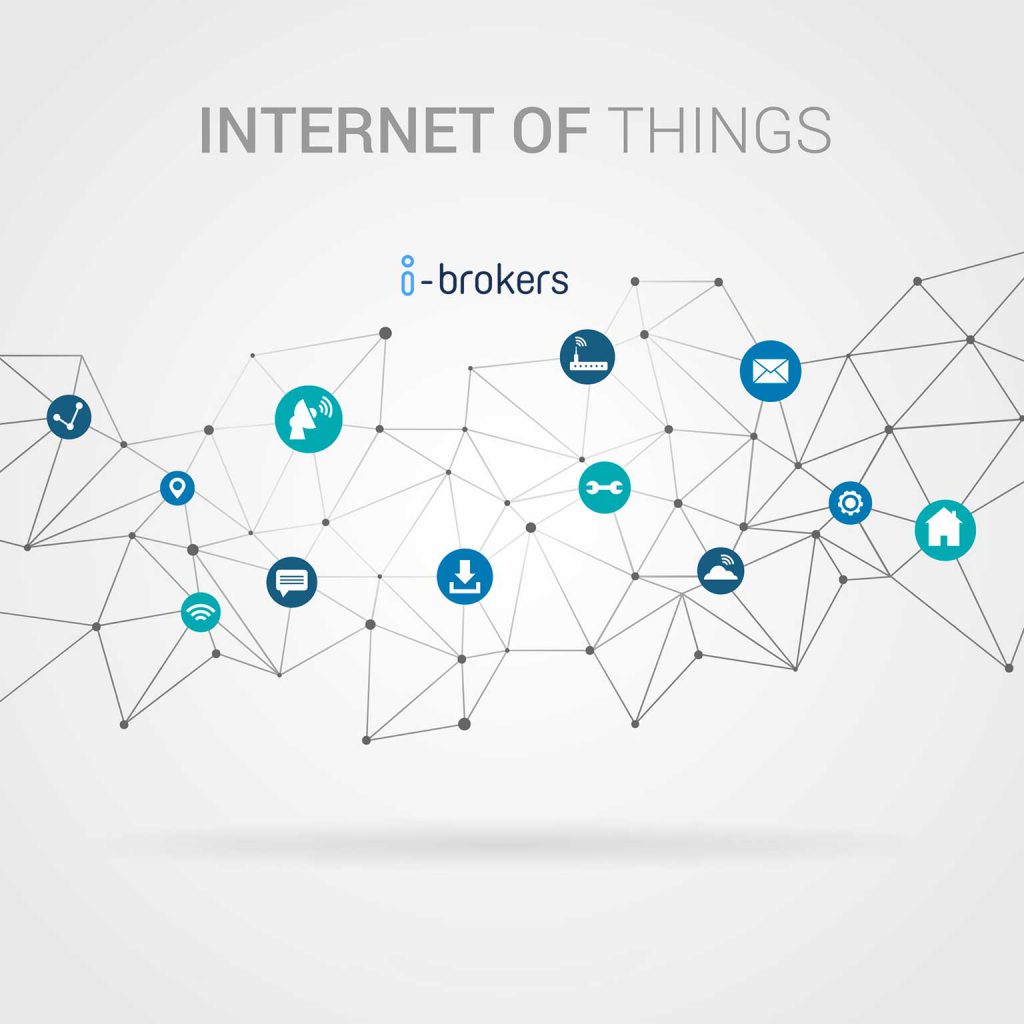The Internet of Things (IoT) promises to revolutionize our day-to-day lives — and that revolution has already begun. While some gadgets can improve health, many more help those with chronic conditions manage them successfully.
In this blog post, we are going to share with you what technologies are out there and in what ways they can improve your health.
Table of contents
1. Activity trackers during cancer treatment
Deciding what treatment to prescribe a cancer patient next is often informed by how they reacted to their last treatment. So, innovators have been testing the use of activity trackers to gather lifestyle data on patients being treated for multiple myeloma. The electronic trackers and the patient will log activity level, fatigue and appetite with all data saved to an app on their phone.
Data will be gathered before, during and after treatment to monitor its effects, and inform further treatment decisions.
2. Closed looping — the open artificial pancreas system and closed-loop insulin delivery
Recent years have seen a variety of DIY projects where people with diabetes and their families have come together to build automatic pancreases.
These pieces of software rely on Continuous Glucose Monitor (CGM) data, a predictive algorithm and a tiny DIY computer to control the actions of an insulin pump.
Because the systems are proactive, not reactive, they remove the burden of decision-making for patients: Is my basal rate too high? Will I need some juice at night?
The results from these open-source collaborations and the tech have already yielded great results, with people spending more ‘time in range’ (from 58% to 81%) and enduring fewer extreme lows and highs.

3. Coagulation testing
The Bluetooth-enabled coagulation system — device and mobile app — allows anticoagulated patients (haemophiliacs) to check how quickly their blood clots.
Not only does self-testing help patients lower the risk of stroke or bleeding but it allows patients to transmit their results to doctors, which means fewer visits to the clinic.
4. Connected inhalers
IoT is already helping patients manage their medications and any condition management monitoring. Adding sensors to medicines or delivery mechanisms (for example, inhalers) allows doctors to keep track of whether patients are sticking to their treatment plan.
With medication or monitoring devices connected to the internet, not only can doctors check patients are taking their medication, but patients can receive reminders to their devices as well as check their own adherence.
For example, Propeller’s Breezhaler device connects to its digital platform via a sensor, passively recording and transmitting usage data. This IoT device promises to provide real insights into patients’ triggers, reduced “hassle” in managing asthma or COPD as well as connection to doctors – and even family members.
5. Depression-fighting app
In 2017, Apple Watch were developing an app to gather data that could better inform treatment decisions for major depressive disorder (MDD) sufferers.
The app collects real-time passive and active high-frequency mental health data that can help clinical decision making. Developers and doctors hope the data will enable them to predict behaviour, see when mood is going to change or when PTSD symptoms might start.
The app achieved good results in trials with 95% of users compliant, using the device daily to evaluate mood, and 96% used it to measure cognition.
With increased patient engagement in treatment and increased data, developers and clinicians hope to better define triggers and inform treatment/medication decisions.
6. Fitbit
The aforementioned Fitbit is already a household name having sold 60 million units to date. The gadget and associated hardware monitors heart rate and other data points to help users keep track of a variety of activities and their effects. For example: steps, active minutes, resting heart rate and calorie burn.
Studies show that Fitbits don’t improve most people’s health, while others say the main benefit might be indirect: that people who use them are less stressed about their health, which makes them healthier!
The key is using the Fitbit to help you exercise smarter. For example: a Fitbit can be used to help you balance calorie intake with exercise, indicating how many more steps someone has to do to burn off the food they’ve consumed that day. This allows you to set real, practical and achievable goals. Try the MyFitnessPal app for this.
7. Sleep app
There are lots of sleep apps out there, promising a range of outcomes from simple insights and improved sleep to monitoring of sleep apnea.
Many apps tie in with Fitbits or audio sensors that monitor heart rate or breathing to better regulate sleep — waking you at the best time — or give you insights into your sleep patterns.
Some apps include relaxation instruction to help induce sleep, tackle insomnia and even take power naps during the day. Many include white noise sleep aids — often embedded in rain, waves or other relaxing sounds.
8. SmartBed
There is even a SmartBed which monitors heart and breathing rates, as well as the user’s general movements. This data is then processed to suggest better sleeping habits.
9. SmartBra
The OMbra tracks heart rate and breathing rhythm so users can push their limits safely — when to take a break and when to push harder. The smart bra can last 10 workouts before recharge. As well as being ‘splash proof’, manufacturers say it adapts to changes in the female body, adding that it can also be used to monitor cardiac and/or pulmonary conditions.
10. Under-skin glucose monitoring
Another IoT innovation to help diabetes sufferers manage their condition is the implantable long-term continuous glucose monitoring (CGM) system which uses a 90-day sensor below the patient’s skin.
The sensor under the patient’s skin communicates with a smart transmitter which then sends blood glucose levels to a mobile app on the patient’s phone.


